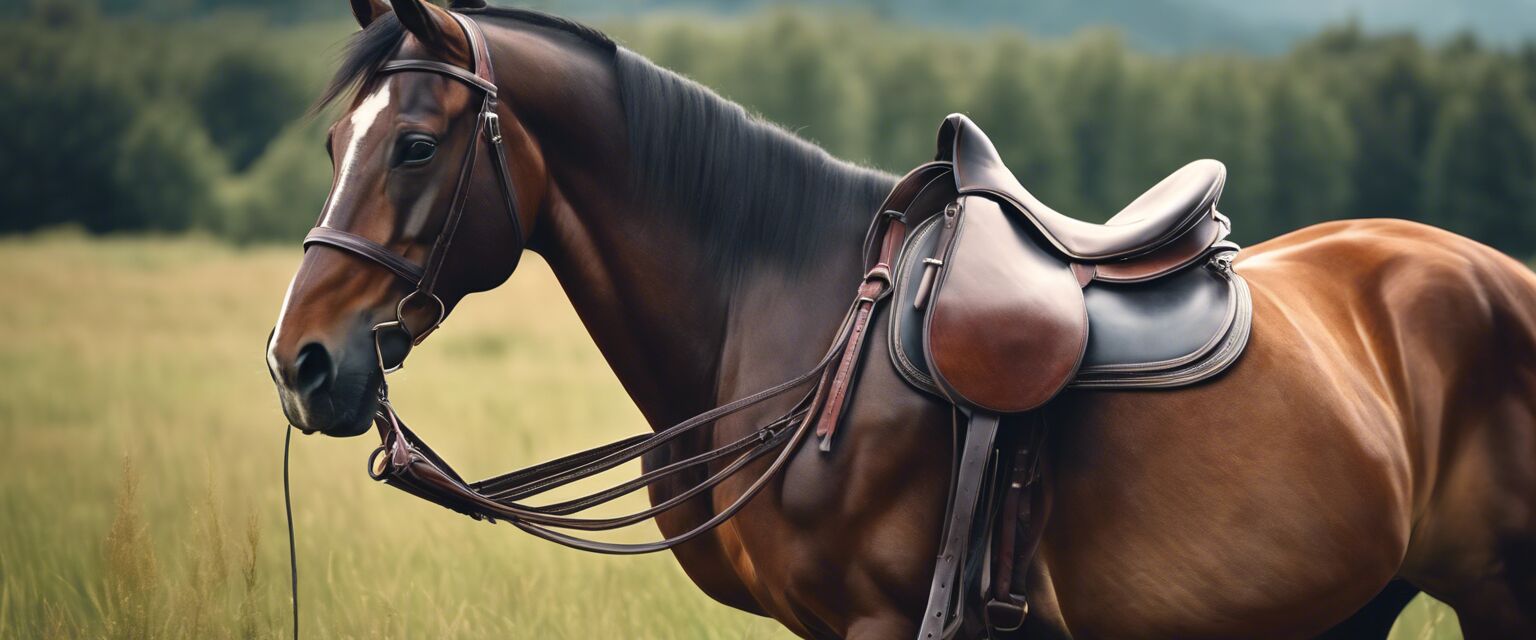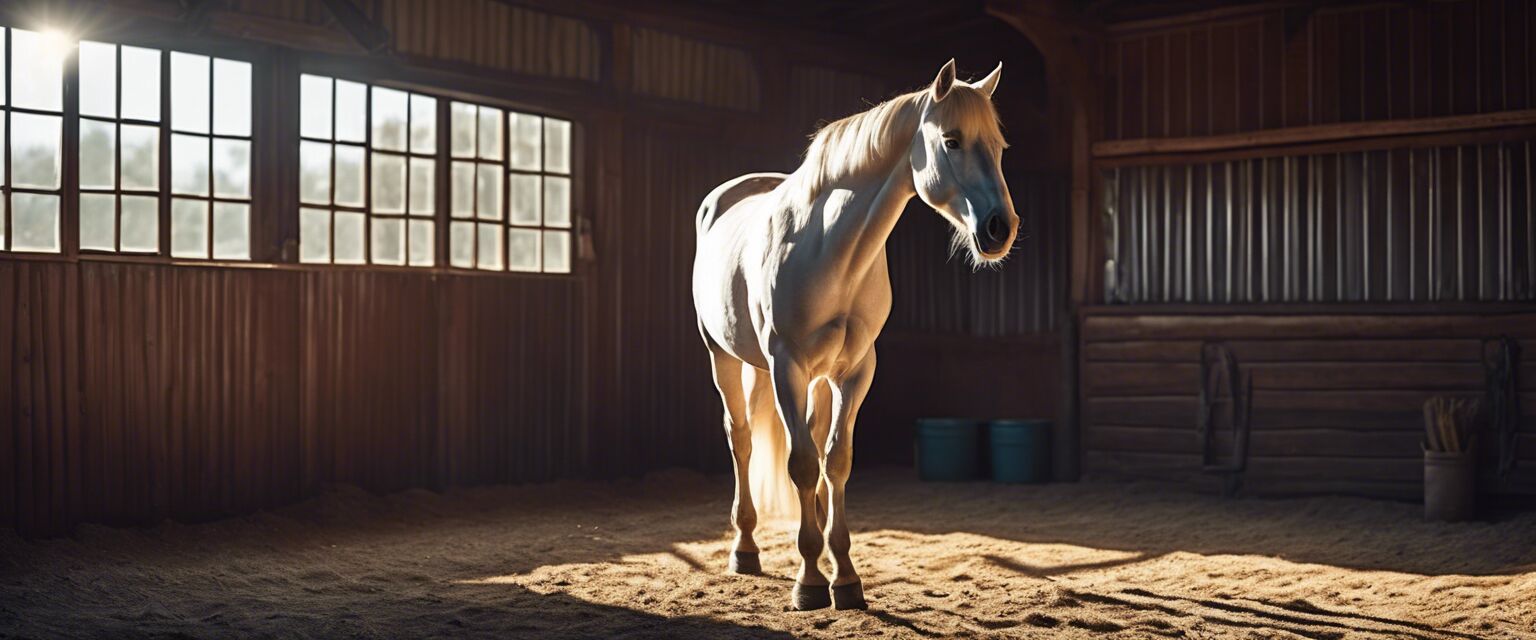
Horse Tack and Equipment
Key Takeaways
- Understanding the different types of horse tack is essential for optimal horse health and performance.
- Proper fit and maintenance of tack can prevent injuries and enhance comfort for both horse and rider.
- Investing in quality equipment is crucial for a successful riding experience.
- Regularly check and clean your tack to ensure it remains in good condition.
When it comes to horse riding, the right tack and equipment play a pivotal role in ensuring both the rider's and horse's safety and performance. In this guide, we'll explore various types of horse tack, essential tips for maintenance, and how to choose the best equipment for your equine partner.
Understanding Horse Tack
Horse tack encompasses all the equipment used when riding or caring for a horse. This includes saddles, bridles, halters, and more. Selecting the right tack is essential for comfort, safety, and performance.
Types of Horse Tack
| Type of Tack | Description |
|---|---|
| Saddle | A supportive structure for the rider to sit on while riding. |
| Bridle | A headgear that controls the horse's movements. |
| Halter | Used for leading or tying the horse. |
| Girth | Secures the saddle to the horse's body. |
Choosing the Right Tack and Equipment
Selecting the right tack requires understanding your horse's needs, your riding style, and the specific activities you'll be doing. Here are some factors to consider:
Tips for Beginners
- Measure your horse correctly to ensure a proper fit.
- Choose materials that are durable and easy to clean.
- Consult with experienced riders or trainers for recommendations.
- Always prioritize comfort and functionality over aesthetics.
Important Considerations
| Consideration | Details |
|---|---|
| Fit | Improperly fitting tack can cause pain or injury to your horse. |
| Material | Different activities may require different materials, such as leather vs synthetic. |
| Adjustability | Some tack allows for adjustments to accommodate growth or changes in body condition. |
Maintaining Your Tack
Proper maintenance of your tack is crucial for longevity and functionality. Here are some key maintenance tips:
- Clean your tack after every use to remove sweat and dirt.
- Condition leather tack regularly to prevent cracking.
- Inspect your tack for wear and tear and replace worn items promptly.
- Store tack in a dry, cool place to prevent mold and damage.
Comparing Different Tack Options
| Tack Type | Material | Usage | Price Range |
|---|---|---|---|
| Western Saddle | Leather or synthetic | Western riding | $500 - $3,000 |
| Leather or synthetic | English riding | $300 - $2,500 | |
| Dressage Saddle | Leather | Dressage riding | $800 - $4,000 |
| All-Purpose Saddle | Leather or synthetic | General riding | $400 - $2,000 |
Conclusion
Choosing the right horse tack and equipment is essential for both horse health and rider performance. By understanding the types of tack available, ensuring proper fit, and maintaining your equipment, you can create a safe and enjoyable riding experience. For more information on specific categories of horse care, check out our other pages:
Pros
- Enhances horse performance and comfort.
- Improves rider control and communication with the horse.
- Quality tack can last for many years with proper care.
Cons
- High-quality tack can be expensive.
- Requires regular maintenance and cleaning.
- Improper fit can cause discomfort or injury.
FAQs
Here are some frequently asked questions about horse tack and equipment:
- What should I look for when buying a saddle? Ensure it fits your horse properly, is made of durable materials, and suits your riding style.
- How often should I clean my tack? Itâs best to clean your tack after every use, especially after riding in wet or muddy conditions.
- Can I use the same tack for different disciplines? While some tack can be versatile, specific disciplines may require specialized equipment for optimal performance.












